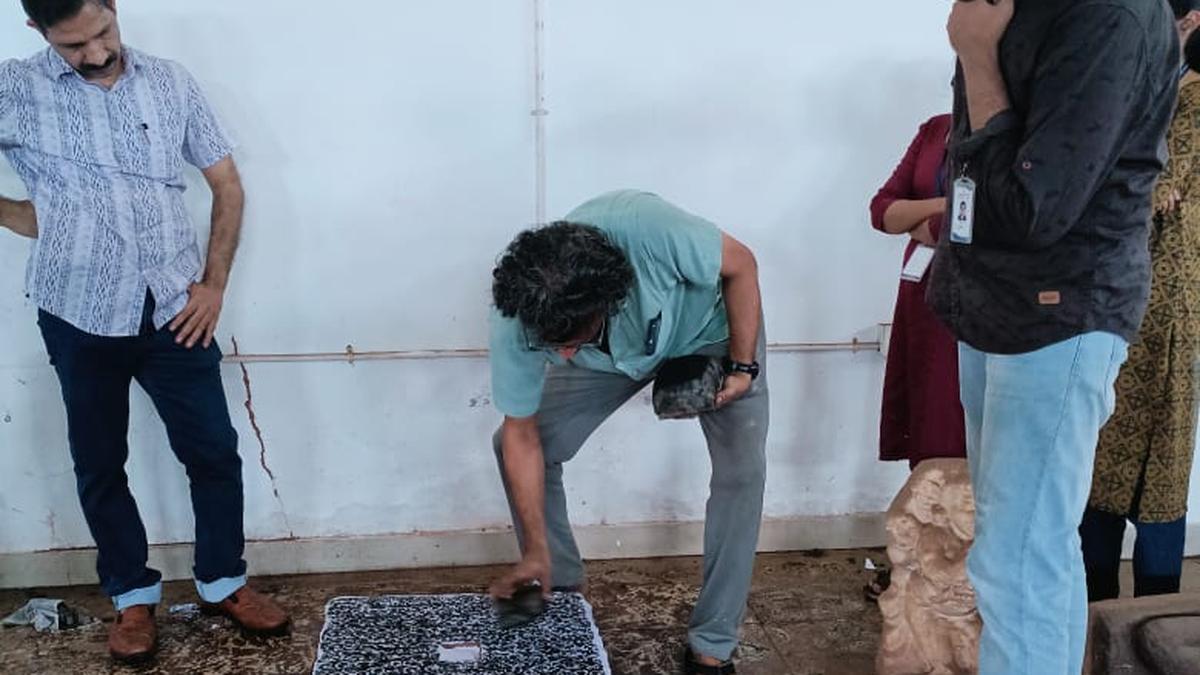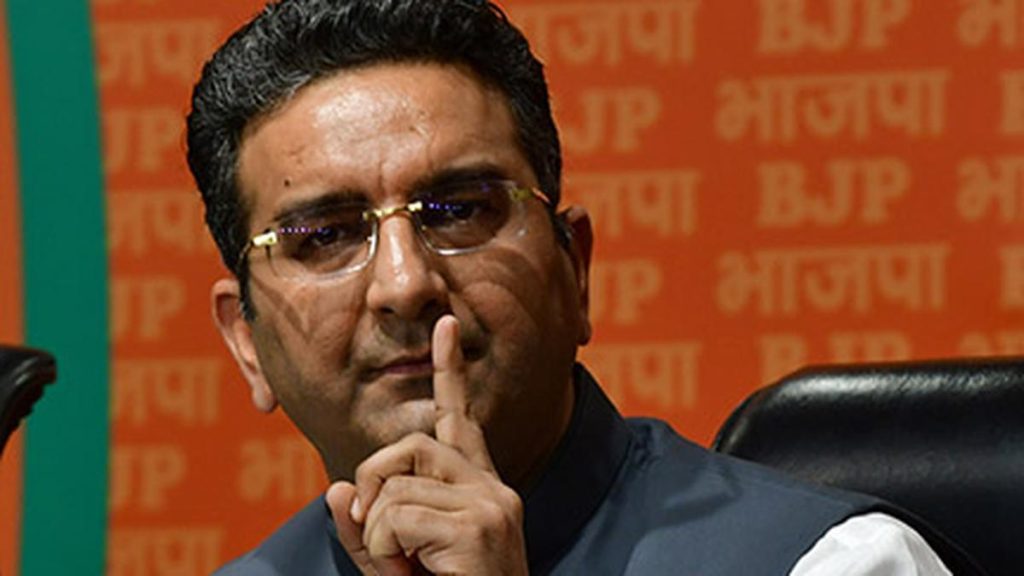Now Reading: Kozhikode Temple Linked to Legacy of Three Chera Kings
-
01
Kozhikode Temple Linked to Legacy of Three Chera Kings
Kozhikode Temple Linked to Legacy of Three Chera Kings

### Fast Summary
– The Kerala Archaeology department has re-examined stone inscriptions from the Durga Bhagavathi Temple at Panniyankara in Kozhikode.
– These inscriptions link the temple’s history to three Chera kings, including Bhaskara Ravivarman (AD 962-1021), Ravi Kotha Rajasimhan (AD 1021-1036), and Kotha Ravi during his rule in AD 910.
– Initially deciphered by historian M.G.S. Narayanan, new interpretations clarify that one inscription belongs to Kotha Ravi’s reign during the 27th year of his rule.
– This newly identified inscription now stands as the oldest found at Panniyankara.
– Similar multi-ruler inscriptions have previously been located at Nedumpuram thali Temple (Thrissur district) and Vamana Moorthy Temple (Ernakulam district).
– Researchers involved include K. Krishnaraj (Museum officer, Pazhassi Raja Archaeological Museum) and professors from University of Calicut.
– archaeology Department Director E. Dinesan stated plans to make findings accessible for educational use.
—
### Indian Opinion Analysis
The findings further enrich India’s historical narrative by highlighting the shared legacy of religious spaces wiht dynastic histories. Linking a single site like Panniyankara temple to three Chera kings underscores its historical significance and potential as a source of cultural identity within Kerala’s storied past.
Such discoveries contribute meaningfully to academia by expanding documentation on dynasties like the Cheras-critical in understanding shifts in political authority while emphasizing recurring interactions between religion and governance through centuries. Publishing these interpretations enables broader access for students, researchers, and enthusiasts alike, fostering public engagement with heritage preservation efforts across India.
—
Read more:

























